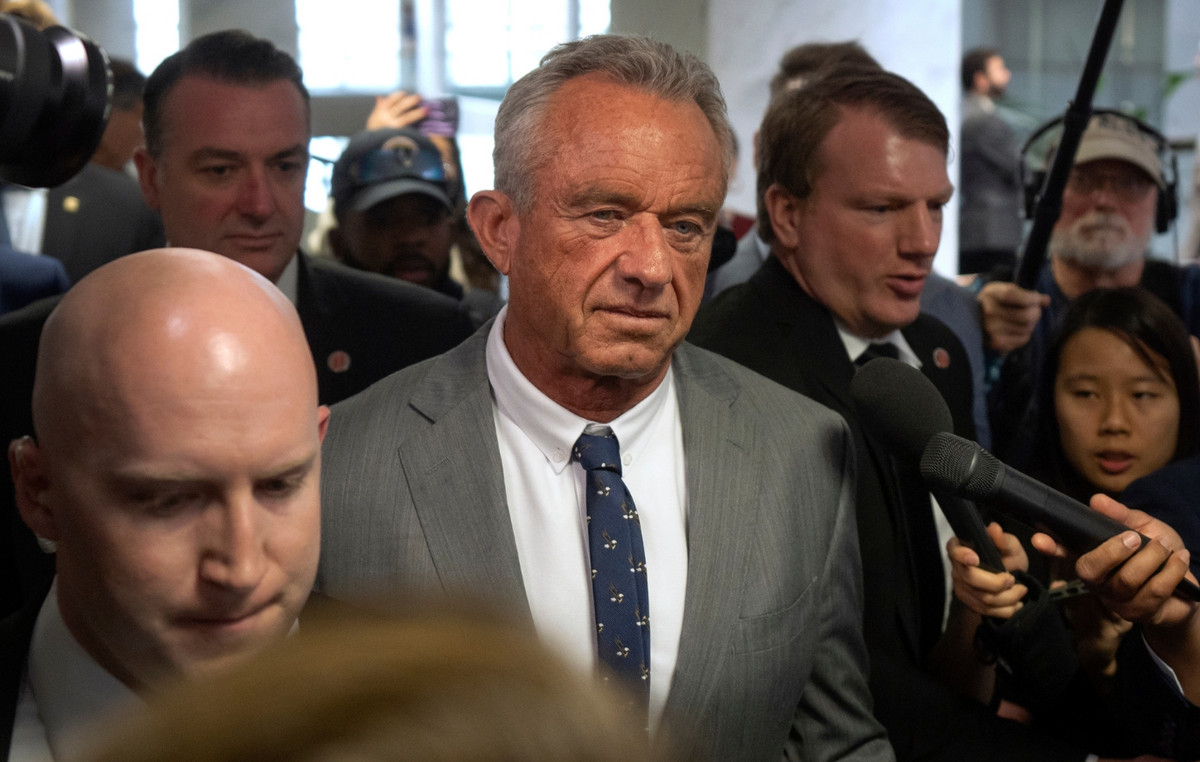The Brazilian food and beverage industry recorded growth of 16.9% in its revenue and 1.3% in production in 2021 compared to 2020. Last year, the sector’s revenue reached R$ 922.6 billion, totaling exports and sales to the domestic market.
This result represents 10.6% of the national GDP. Of the total revenue, the food sector contributed with R$ 766.3 billion and the beverage sector, with R$ 156.3 billion. In real terms, after discounting inflation, the sector’s sales increased 3.2%.
The data were recently released by the Brazilian Food Industry Association (Abia) at a press conference. The food industry processes approximately 58% of Brazilian agricultural production, according to Abia.
The increase in industry revenues is due to the 1.8% growth in domestic retail revenue and 18.6% growth in foreign sales. Sales to the domestic market represent 73.5% of the industry’s revenue and generated BRL 678.5 billion in 2021, according to Abia.
The domestic increase was driven by the food service sector, which accounted for 26.3% of the industry’s local sales in 2021 compared to 24.4% in 2020. “This increase was driven by the recovery process, with the reopening of establishments, the acceleration of digital transformation and expansion of delivery”, said the entity in the survey.
Exports, which represent 26.5% of the industry’s revenues, grew 18.6% and reached a record level of US$ 45.2 billion (or R$ 244.1 billion). Foreign sales were boosted by the recovery of the world economy combined with the devaluation of the real against the dollar – favorable to Brazilian exports.
“The advance of vaccination and the return of the service sector contributed decisively to the expansion of production, with positive generation of employment and income in the sector. The demand for food kept growing in Brazil and in the world, which made the companies keep production at full steam, and hiring manpower”, executive president of Abia, João Dornellas.
Regarding job and income generation, the food industry created 21 thousand direct jobs in 2021, 1.2% more than in 2020, totaling 1.72 million direct jobs.
Challenges
Abia highlighted that the rise in agricultural commodity prices had a relevant impact on the production cost of processed foods last year.
Citing data from the Food and Agriculture Organization of the United Nations (FAO), Abia pointed out that commodities reached the highest level of the last ten years in 2021, accumulating a rise of 28.1% in relation to the average price of 2020.
“In the domestic market, production losses caused by the prolonged drought in several producing regions contributed to reducing the domestic availability of coffee, corn, sugarcane and milk, raising average prices by 60.3%, respectively; 42.7%; 36.1%; 24.1%”, pointed out the entity.
According to Abia, in addition to the rise in agricultural commodities, the food industry faced increases of up to 100% in the cost of purchasing packaging, with restrictions on supply, and of around 43% in the cost of energy.
Source: CNN Brasil
I am Sophia william, author of World Stock Market. I have a degree in journalism from the University of Missouri and I have worked as a reporter for several news websites. I have a passion for writing and informing people about the latest news and events happening in the world. I strive to be accurate and unbiased in my reporting, and I hope to provide readers with valuable information that they can use to make informed decisions.







